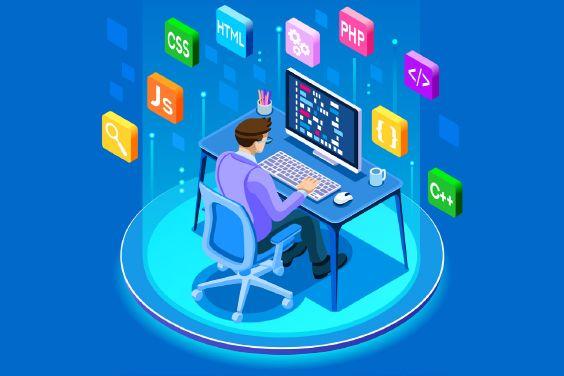The Brains of the Factory: An Introduction to PLC Software

In the heart of modern industrial automation, from bustling automotive assembly lines to sophisticated food processing plants, lies a powerful and specialized type of computer: the Programmable Logic Controller (PLC). The software that brings these ruggedized computers to life is PLC Software. This software is the programming environment that automation engineers use to write the logic that controls the industrial machinery and processes on the factory floor. It is the tool used to tell a robotic arm when to move, a conveyor belt when to start, and a valve when to open, orchestrating the complex dance of modern manufacturing. The critical importance of this software as the brains behind industrial automation is driving steady market growth, with the industry estimated to reach a valuation of USD 45.09 billion by 2035, growing at a solid CAGR of 5.64% during the 2025-2035 forecast period.
At its core, PLC software is used to create and edit programs based on a set of standardized industrial programming languages, defined by the IEC 61131-3 standard. The most common and foundational of these is Ladder Logic (or Ladder Diagram), which was designed to be easily understood by industrial electricians who were familiar with traditional relay logic diagrams. Other languages include Function Block Diagram (FBD), which uses graphical blocks to represent operations, and Structured Text (ST), which is a high-level, text-based language similar to Pascal. The PLC software provides a development environment for writing the code in one of these languages, compiling it, and then downloading it to the PLC hardware that is physically connected to the machines and sensors on the factory floor.
The functionality of modern PLC software extends far beyond simple programming. These are comprehensive engineering platforms that also include powerful tools for diagnostics and troubleshooting. When a machine on the production line stops, a maintenance technician can connect their laptop to the PLC and use the software to monitor the program's execution in real-time. They can see the status of all the inputs and outputs, identify which part of the logic has failed, and quickly diagnose the root cause of the problem, dramatically reducing costly equipment downtime. The software also includes simulation capabilities, allowing an engineer to test their logic in a virtual environment before deploying it to the live production line, which helps to prevent errors and improve safety.
Ultimately, PLC software is the essential and indispensable tool that enables industrial automation. It provides the interface between human engineers and the physical machinery that produces the goods we use every day. Without this software, the complex, high-speed, and highly reliable automation that defines modern manufacturing would be impossible. As factories become "smarter" and more connected as part of the Industry 4.0 revolution, the role of PLC software as the core control and programming environment will only become more critical, ensuring its central place in the industrial technology stack and its continued and steady growth for the foreseeable future.
Explore Our Latest Trending Reports:
- Music
- Travel
- Technology
- AI
- Business
- Wellness
- Theater
- Sports
- Shopping
- Religion
- Party
- Other
- Networking
- Art
- Literature
- Home
- Health
- Gardening
- Games
- Food
- Fitness
- Film
- Drinks
- Dance
- Crafts
- Causes
